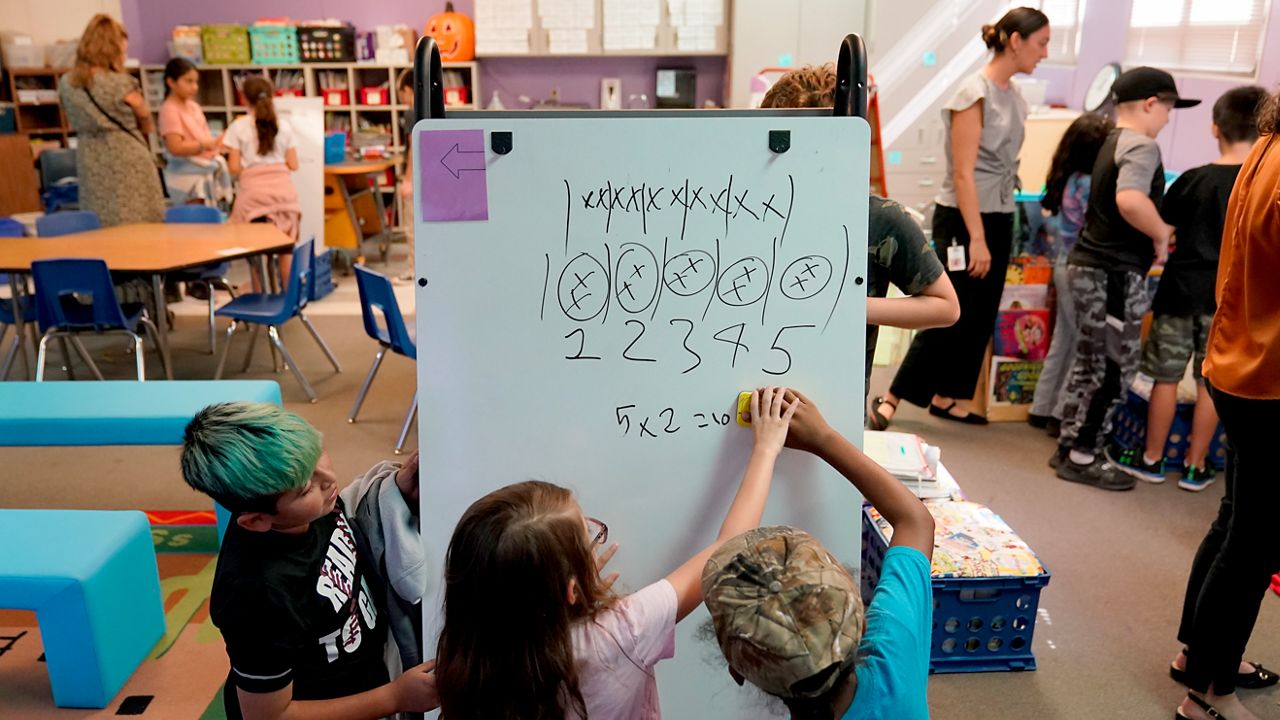WISCONSIN — Voters in the spring primary and general election approved over 60% of school district referenda, the lowest in a midterm or presidential election year since 2010, according to a new Wisconsin Policy Forum report.
It’s indicative of a larger downward trend that’s been happening over the last several years. Both 2020 and 2022 saw slight declines in passage rates after rising to 89.7% in 2018.
There were 41 failed referenda in the 2024 spring primary and election. That’s the greatest number of no votes in a single year since 2010, according to the report.
Wisconsin Policy Forum officials said while it is possible that things may shift in November, approval rates have tended to be the same in the spring and fall.
The decline is compounded with a larger number of ballot questions. There were 103 referenda this spring as compared to 82 in the spring of 2022.
Wisconsin Policy Forum officials said this increase may have to do with the pressure districts are now facing around their financial state. About 66% of the referenda in February and April asked about raising property taxes to cover operating costs at school districts — the highest amount since at least 2000.
Officials said there are several reasons for the increase in referenda, including rising costs and revenue limits that have lagged behind inflation. Many schools rely on these funds to make up for this lag. According to Forward Analytics, 100 district used money from referenda to fund more than 10% of their education costs.
Enrollment declines are another factor, as fewer students means less money for the districts.
Schools will also be without federal pandemic aid for the first time next year. Some schools used these funds to help plug holes in their budget or fund permanent new spending.
Officials said that one reason voters may be less inclined to pass referenda to fund some of these gaps may be due to voters’ own inflation struggles. It also may have to do with the recency of referenda questions for a specific district.
“They may also be less inclined to support referenda for their local district after being asked in some cases to do so only a few years prior,” the report said.
Despite the decline in approval, there is still a relatively high approval rate.
Out of the 103 referenda on ballots so far this year, 62 were passed. One of those was the Milwaukee Public Schools (MPS) referendum, which gives the district $252 million over four years. The others that were passed will authorize up to $775.1 million in additional funds for districts.
Wisconsin Policy Forum officials cautioned that it’s unclear whether the relatively high passage rate will continue and urged leaders and policymakers to keep that in mind.



